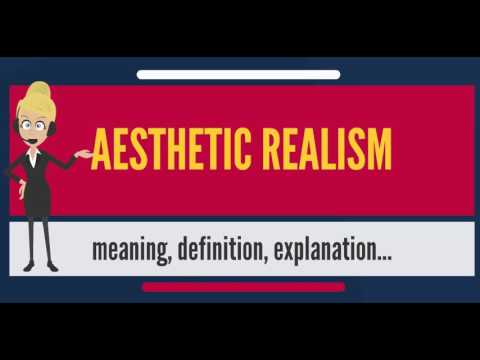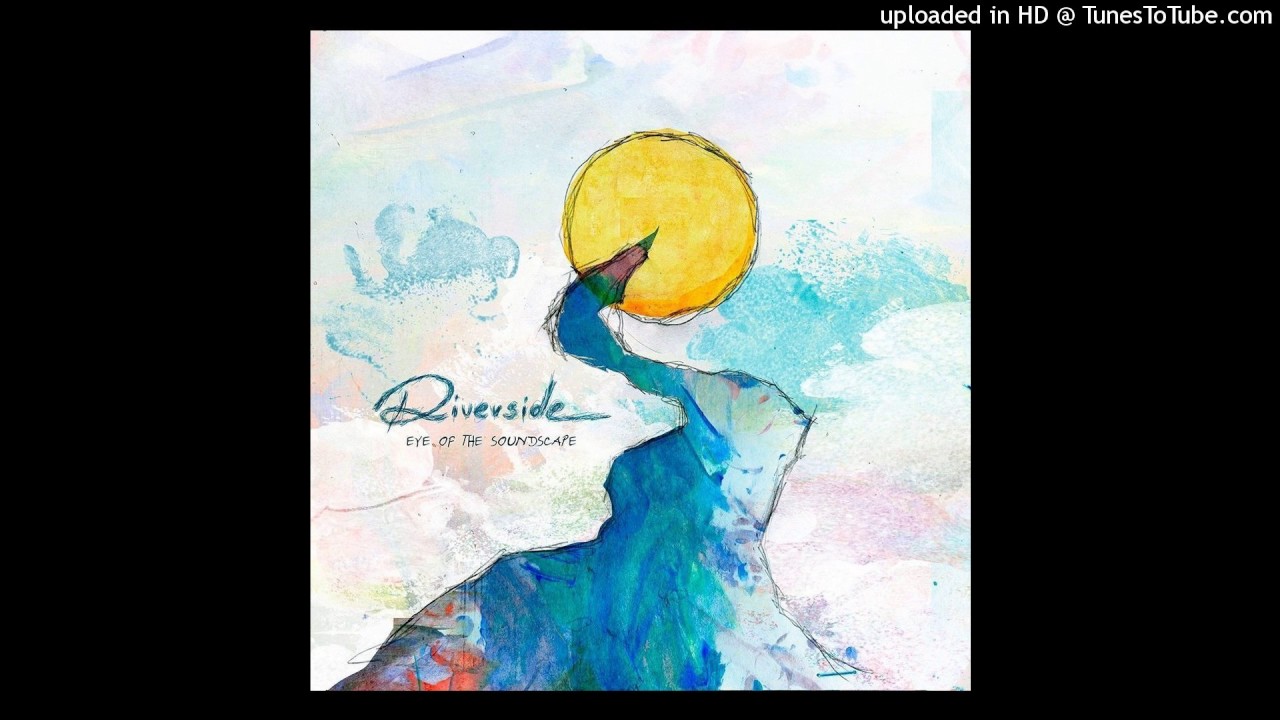What is AESTHETIC REALISM? What does AESTHETIC REALISM mean? AESTHETIC REALISM meaning.
Source: Wikipedia.org article, adapted under https://creativecommons.org/licenses/by-sa/3.0/ license.
Aesthetic Realism is the philosophy founded by poet and critic Eli Siegel (1902–1978) in 1941. It is based on three core principles. First, the deepest desire of every person is to like the world on an honest or accurate basis. Second, the greatest danger for a person is to have contempt for the world and what is in it—contempt defined as the false importance or glory from the lessening of things not oneself. Third, the study of what makes for beauty in art is a guide for a good life: “All beauty is a making one of opposites, and the making one of opposites is what we are going after in ourselves.”
The philosophy is principally taught at the Aesthetic Realism Foundation, a nonprofit educational foundation based in SoHo, New York City, through a variety of lectures, classes in poetry, anthropology, art, music, and individual consultations.
The Foundation faced controversy for its assertion that men changed from homosexuality through study of this philosophy. In 1990, it stopped presentations and consultations on this subject, explaining that it did not want to be involved in the atmosphere of anger surrounding the issue, and saying that “we do not want this matter, which is certainly not fundamental to Aesthetic Realism, to be used to obscure what Aesthetic Realism truly is: education of the largest, most cultural kind.”
Aesthetic Realism is based on the idea that reality, or the world, has a structure that is beautiful. Siegel identified beauty as the making one, or unity, of opposites.
In Siegel’s critical theory, “the resolution of conflict in self is like the making one of opposites in art.” A successful novel, for example, composes opposites that people are trying to put together: oneness and manyness, intensity and calm, sameness and change. His studies led him to conclude that any successful work of art or music combines essential dualities. In the philosophy of Aesthetic Realism, Siegel developed this concept, writing that the arts and sciences all give evidence that reality has an aesthetic nature. He described the world as having a construction like art: it, too, is composed of opposites. In Siegel’s eyes, freedom at one with order could be seen in an electron, a tree, or the solar system. Siegel reasoned, “If…the structure of the world corresponds to the structure , that much the world may be beautiful in the deepest sense of the word; and therefore can be liked.”
A primary concept of Aesthetic Realism is that the world can be liked honestly by seeing it as an aesthetic oneness of opposites. Further, a core teaching of Aesthetic Realism is that it is “every person’s deepest desire to like the world on an honest or accurate basis.”
However, Siegel recognized another competing desire which drives humans away from such an appreciation—the desire to have contempt for the world and what is in it, in order to make oneself feel more important. Siegel argued that when a person seeks self-esteem through contempt—”the addition to self through the lessening of something else”—he or she is unjust to people and things. Contempt, the philosophy maintains, may seem like a triumph, but ultimately results in self-dislike and mental distress, and lessens the capacity of one’s mind to perceive and feel in the fullest manner. Siegel held that, in the extreme, contempt causes insanity.
Aesthetic Realism attests that one’s attitude to the world governs how all of life’s components are seen: a friend, a spouse, a lover, a book, food, people of another skin tone. Accordingly, Aesthetic Realism argues, individuals have an ethical obligation to give full value to things and people, not devalue them in order to make oneself seem more important. Aesthetic Realism states that the conscious intention to be fair to the world and people is not only an ethical obligation, but the means of liking oneself.
The Audiopedia
Source




Eli Siegel was an anti-gay cult leader. His cult, Aesthetic Realism, taught that people were gay because they had "contempt for the world." Siegel deluded himself and his followers into believing that he knew the causes to all mental illnesses, cancer, and marriage troubles. Meanwhile, he cheated on his wife with female followers and demonstrated possible signs of clinical depression. His neighbors periodically complained to the landlady because Siegel was frequently heard screaming at his wife. Ultimately, he killed himself with sleeping pills and asked his wife to join him in a double suicide. She refused at first but sometime later Siegel's wife did in fact take her own life. Siegel never conducted any controlled/scientific studies of any of his theories. He believed (irrationally) that his teachings were being boycotted by the NY Times and other media outlets because they had tremendous respect for him and they were frightened by their sense of respect. It never occurred to him that journalists simply found his ideas to be nonsensical and unworthy of serious consideration. His followers, however, wore buttons announcing themselves to be "victims of the press." They frequently held demonstrations in front of the NY Times and other media outlets.
interesting
AR is a deranged cult with a long history of homophobia. It was founded by a third rate Jewish poet in New York
Aesthetic Realism is an obscure group launched in the 40s by a homophobic and ultimately suicidal cult leader. He won a long forgotten poetry prize but most of his work was printed up over the years by his followers. Without any scientific evidence Siegel claimed that having contempt for the world is the root cause of homosexuality, cancer, mental health disorders, gum disease and (I'm not kidding) hemhorroids. While putting down queers for being unethical, he periodically cheated on his wife with female followers. She killed herself.
we could basıicly read from wikipedia as well. thanks anyway